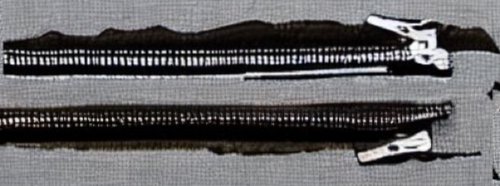ZIP files have a well defined structure, this makes it possible to use YARA to match certain characteristics of files stored within the ZIP file. For example file name information is stored in both local file headers and in the central directory file headers within the Archive. Wikipedia has a decent write-up on the ZIP file format structure.
I first started experimenting with this to examine the contents of Java archives (JAR files, that are essentially ZIP archives) for specific files (in this case bundled log4j jars). To do this I first defined the marker for the local file header $zip_header = {50 4B 03 04} in the strings section, followed by the files I was interested in locating in the zip. See rule below:
rule vuln_log4j_jar_name_injar : log4j_vulnerable {
strings:
$zip_header = {50 4B 03 04}
$a00 = "log4j-core-2.0-alpha1.jar"
$a01 = "log4j-core-2.0-alpha2.jar"
// …
$a41 = "log4j-core-2.14.0.jar"
$a42 = "log4j-core-2.14.1.jar"
condition:
// iterate over local file zip headers
for any i in (1..#zip_header):
(
// match any of the file names
for any of ($a*):
(
$ in (@zip_header[i]+30..@zip_header[i]+30+uint16(@zip_header[i]+26))
)
)
}In the condition section we introduced some new capabilities. We iterate over the string matches for the $zip_header string. The variable #zip_header (note the #) gives us the count of the matches, for any i in (1..#zip_header):(…) iterates over the matches (populating i for each match), while the @zip_header[i] syntax (note the @) lets us reference the offset in the file for each match.
From the ZIP format specification we know that the file name is at offset 30 from the start of the local file header. The length of the file name is stored in the two bytes at offset 26. Given this information we can read the length of the file name using uint16(@zip_header[i]+26), and then read the file name beginning at offset 30 through to the offset specified in the file name length field and compare this to the file names we are looking for referenced by $a*.
In part 2 I’ll dig into some other interesting things we can look for in the zip headers.
